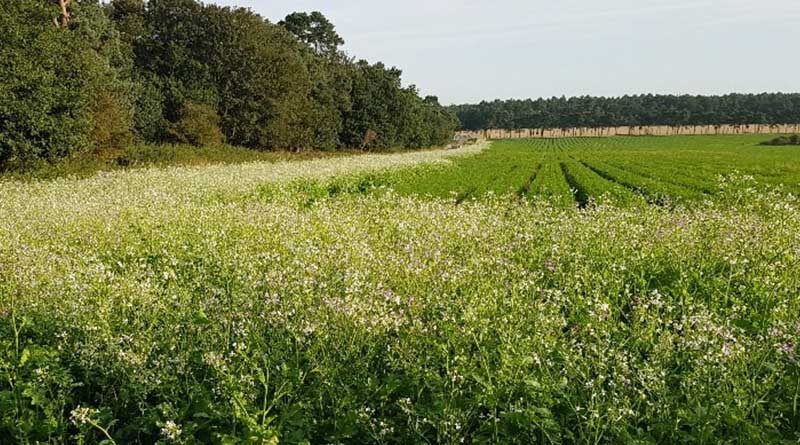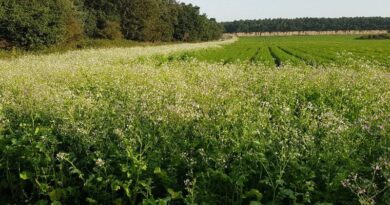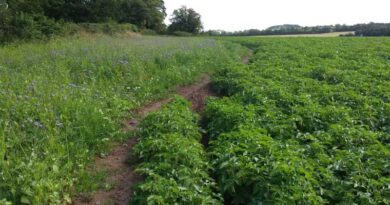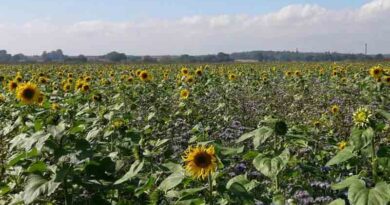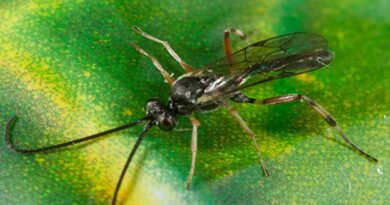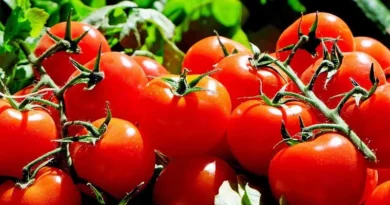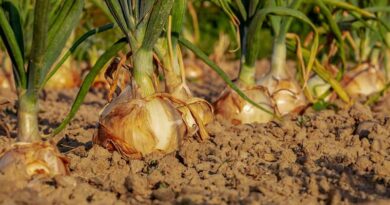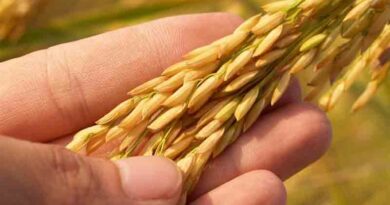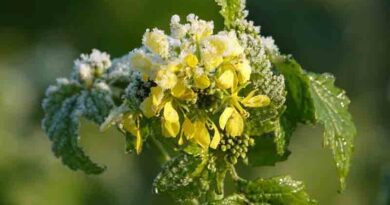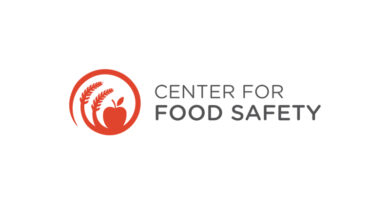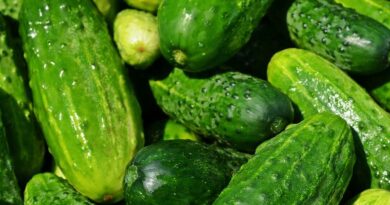Green Headlands add to IPM programmes
21 April 2022, UK: Farmers should be looking to utilise the benefits of environmental habitats hosting beneficial insects as a part of new integrated pest management (IPM) programmes. A Green Headland mix of specific cover crops planted around field crops could help act as barriers to keep out pests and prevent spread of damaging viruses, advocates Kings Crops’ environmental specialist, Jim Egan.
“IPM practices are set to become an important facet of the Sustainable Farming Initiative, when protocols will be published next year,” he advised.
“Farmers and agronomists can gain valuable experience this season of what can work effectively within their farming systems.”
Jim (above) highlighted the rapid establishment of temporary Green Headland mix alongside high value crops provides a habitat network for beneficial insects and pollinators to move around the farm from other permanent ecological resources, ready to respond quickly to pest pressure building up.
He pointed out that Syngenta research has shown the Green Headland mix can act as a physical barrier to filter out migrating aphids, as well as hosting a number of different predatory insects. The effect is to reduce pest pressure in the crop and has been shown to reduce the incidence of virus occurring in adjacent carrot crop fields.
Also Read: India targets 3,280 lakh tonnes food grain production in 2022-23
“It’s all about building up the whole jigsaw of diverse habitats that better enables a wider diversity of species and the better balance of beneficial species,” he advised.
“That means we can focus more on farming the cropped area most productively and utilising the crop protection products precisely where and when they are required. That will help growers’ economic returns and effectively protect the chemistry that we do have from reduced efficacy through over use.”

Green headlands will be highly popular with consumers increasingly interested in how food is produced and greater awareness of IPM systems, he suggested. “Across the food chain there is greater need to be able to demonstrate produce provenance, with production protocols featuring IPM principles.”
“The Green Headland mix that can show ecological enhancement alongside agronomic benefits are a real win for the whole industry.”
Syngenta Sustainable Farming Manager, Belinda Bailey (below), reported the company’s Green Headland seed mix, designed for planting on uncropped headlands around potato and field vegetable crops, has proven to protect headland soils from traffic damage, as well as capture and hold nutrients in the field to benefit following crops.

“The low-cost mixes are easy to establish in late spring or early summer and quickly create a valuable habitat for some of the most mobile beneficial and predatory insects across the farm. Growers have also looked at establishing the mixes in strips within the growing crop, to encourage more beneficial insects to where pests may be present,” she added.
Independent ecological assessment of invertebrate biodiversity, from one visit to each of six initial trial Green Headland mix areas, revealed over 11,000 insects collected and 140 different species.

That included 41 species of pollinators; 29 species of known predators beneficial to crops and at least 118 species of potential food sources for game and other farmland bird chick rearing.
The Syngenta Green Headland mix is now available to farmers and growers at a subsidised rate of £45 per 20kg pack, to establish up to one hectare. A brassica free mix is available for growers, where required to fit with farm rotations.
Full details of the Syngenta Operation Pollinator 2022 seed mixes for Annual Wildflowers, Green Headlands and the Bees’n’Seeds, along with full advice on how to successfully grow them, is available here.

